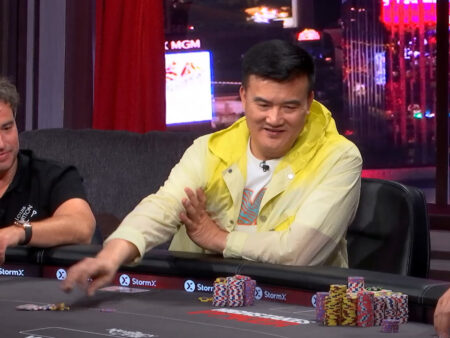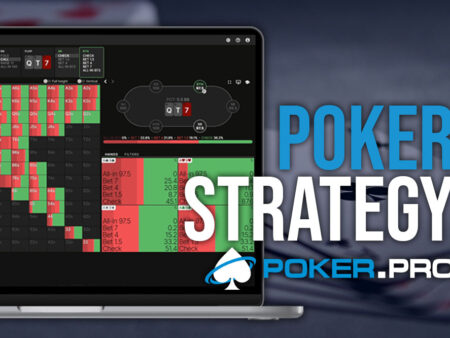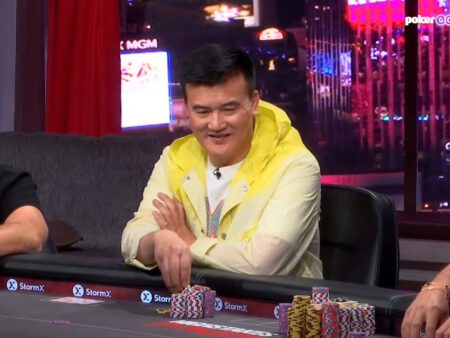When playing poker, it is always essential to monitor our stack and our opponents’ stacks. This article explains the most significant adjustments we…
How To Play Deep and Short Stacks Poker

When playing poker, it is always essential to monitor our stack and our opponents’ stacks. This article explains the most significant adjustments we must make when dealing with different stack sizes.
Regardless of whether we play a cash game or MTT, the size of the stack drastically affects our strategy, so we will explain what the size of the stack affects.
Some of the things affected by stack size are:
- The sizing we use
- How we evaluate hands
- Polarizing our bets
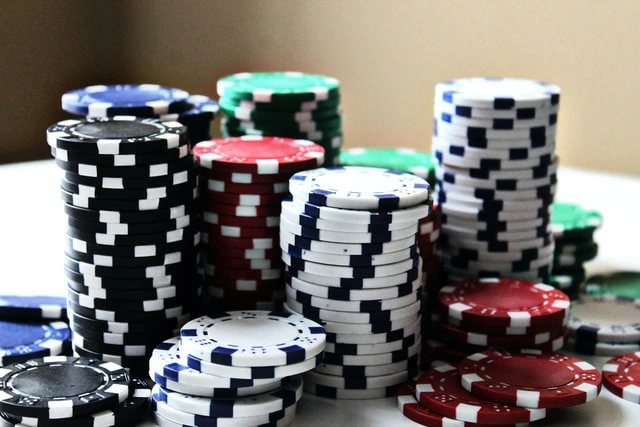
The strategy changes our stack in two ways
In situations where we have a short stack (low SPR)
- Basic hand strength increases
- The range of hands with which we can stack off (pushing all-in) becomes wider
- Hands with NUTS potential lose value
- Lower implied odds
- Lower reverse implied odds
- The position has a lower value
In situations where we have a deep stack (high SPR)
- The primary strength of the hands decreases
- The range of hands with which we stack of fame becomes narrower
- Hands with NUTS potential gain in value
- Higher implied odds
- Higher reverse implied odds
- The value of the position is increasing
Explanation
In situations where the SPR is low, it is often enough to have a “hit” hand to be able to push all-in, but in cases where we have a deep stack and the SPR is high, we risk more BBs and need to be more careful, i.e., tighter.

Also, the value of hands with NUTS potential depends on the stack size because when we hit our hand like a flush, straight, or both, we can charge it better, that is, draw more BBs if the opponent and we have a bigger stack.
The positional advantage increases when we play in a position with a big stack, and we can open wider from late positions because more hands become profitable.
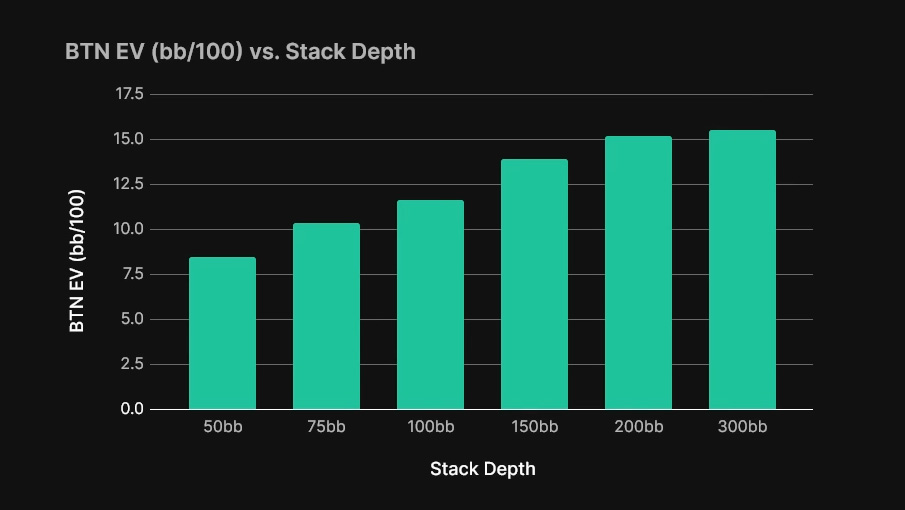
As discussed in the previous article, with a lower SPR, we will play our hands more slowly because putting all the chips in the middle is much easier. At the same time, in situations where we have a deep stack, and the SPR is high, we want to increase the pot with our NUTS hands.
This means that when we are deep, we have to think more about whether we have a NUT flush or straight draw compared to a weaker flush or straight because we have higher reverse implied odds and can lose much more than as a short stack.
It’s the same with small sets when we are deep stacked, afraid of set-over-set situations, and don’t stack off light because of the reverse implied odds.



